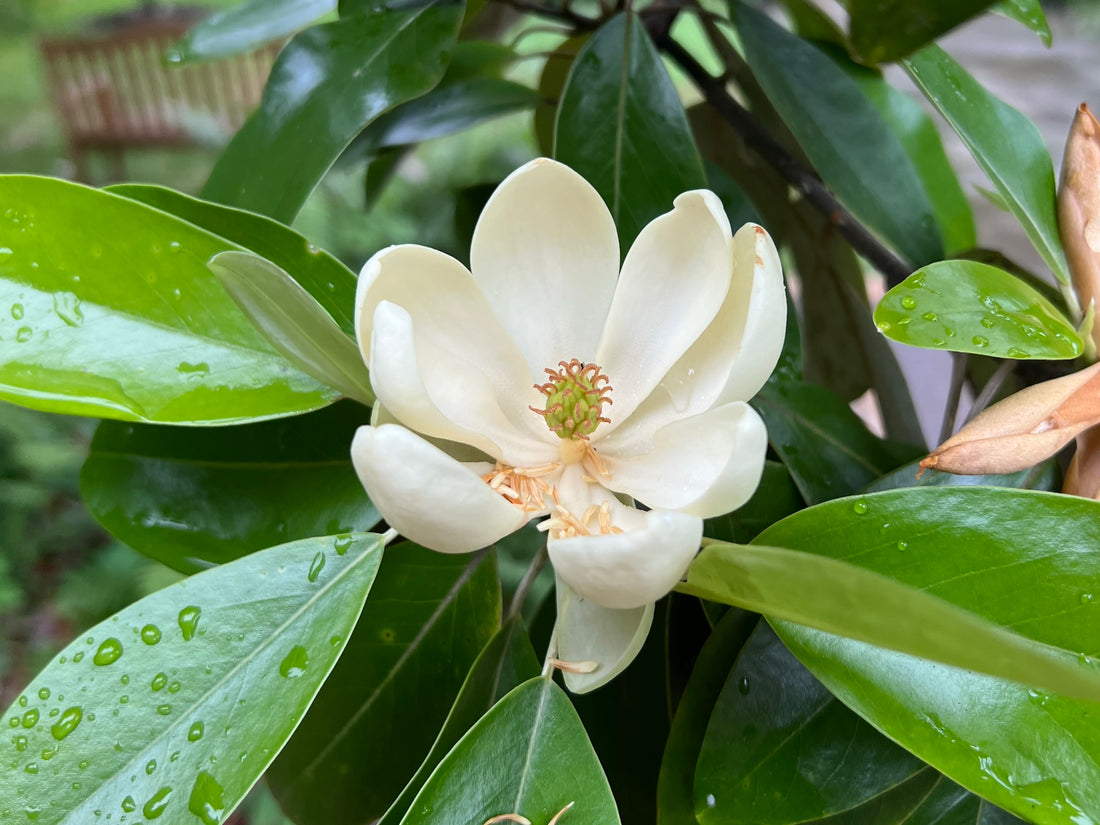The Sweetbay Magnolia, scientifically known as Magnolia virginiana, is a stunning tree that can add beauty and elegance to any garden. With its unique features and benefits, it is no wonder that this tree is a favorite among garden enthusiasts. In this blog post, we will explore the characteristics of the Sweetbay Magnolia and why it is a great choice for your outdoor space.
What is the Sweetbay Magnolia?
The Sweetbay Magnolia is a deciduous tree native to the southeastern United States. It is known for its beautiful white flowers, which bloom in late spring and early summer. The flowers have a delightful fragrance that attracts bees, butterflies, and other pollinators. The tree also produces cone-like fruit that adds visual interest to the landscape.
What are the Benefits of Growing a Sweetbay Magnolia?
There are several benefits to growing a Sweetbay Magnolia in your garden:
1. Ornamental Value: The Sweetbay Magnolia is highly valued for its ornamental beauty. Its large, glossy leaves provide a lush green backdrop, while the fragrant white flowers create a stunning display.
2. Wildlife Attraction: The flowers of the Sweetbay Magnolia attract bees, butterflies, and other pollinators, making it a great choice for wildlife-friendly gardens. The tree also provides shelter and nesting sites for birds.
3. Tolerance to Wet Soils: Unlike many other magnolia species, the Sweetbay Magnolia is tolerant of wet soils. It can thrive in areas with poor drainage or near bodies of water, making it an excellent choice for gardens with these conditions.
4. Adaptability: The Sweetbay Magnolia is adaptable to a wide range of soil types and can tolerate both full sun and partial shade. It is also relatively pest and disease resistant, making it a low-maintenance option for gardeners.
How to Grow a Sweetbay Magnolia?
Here are some tips for successfully growing a Sweetbay Magnolia:
1. Planting: Choose a location that receives full sun to partial shade. Dig a hole that is two to three times wider than the root ball and slightly shallower than the depth of the root ball. Place the tree in the hole, backfill with soil, and water thoroughly.
2. Watering: Keep the soil consistently moist, especially during the tree's first year of growth. Water deeply and regularly, but avoid overwatering, as this can lead to root rot.
3. Pruning: Prune the Sweetbay Magnolia in late winter or early spring to remove any dead, damaged, or crossing branches. This will help maintain the tree's shape and promote healthy growth.
4. Fertilizing: Apply a slow-release, balanced fertilizer in early spring to provide the tree with essential nutrients. Follow the manufacturer's instructions for application rates.
In Conclusion
The Sweetbay Magnolia is a beautiful and versatile tree that can enhance the aesthetics of any garden. With its ornamental value, wildlife attraction, and adaptability, it is a great choice for both experienced and novice gardeners. By following the tips mentioned in this blog post, you can successfully grow and enjoy the beauty of the Sweetbay Magnolia in your outdoor space.

